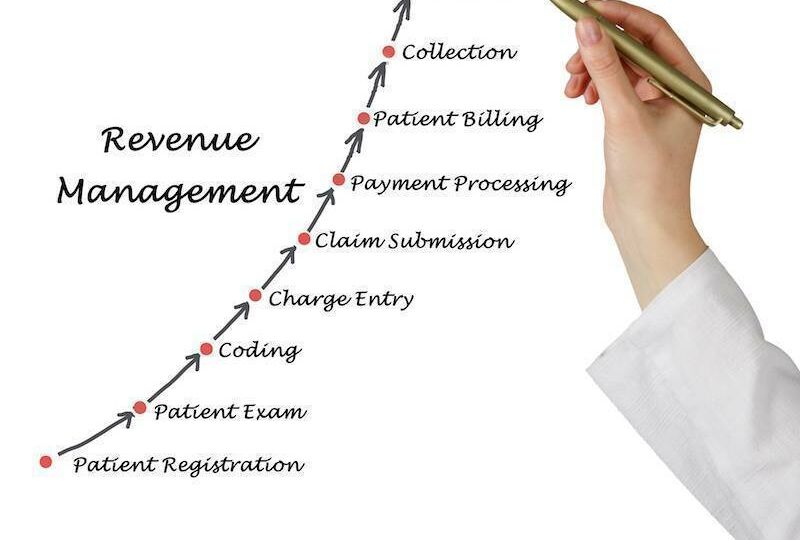Doctors often believe that this is the key to growing their practice and generating a steady stream of new patients. Of course, all of this is valuable and can drive word-of-mouth referrals. But, it goes far beyond that. To develop and maintain a successful medical practice, you must know your patients – where they come from, how far they’re willing to travel and in what demographic groups they are included.
In the first part of our series, we discussed how to set up your Revenue Cycle Management (RCM) and the role certain areas of your practice (other than billing) play in the process. Training your staff to understand their part in RCM and communicating expectations with your patients is essential to eliminating barriers when achieving a financially successful practice.
Everyone you know has a social media profile: Your friends, your grandma, even your dog has a social following. But what about your medical practice?
In Part 1 of the RCM series, we will explore the key areas to consider before the billing office receives a single claim.
Before you start your next digital campaign, no matter what, where, or how you are advertising, start by building a customized landing page.
All that being said, here are four rules I have learned to live by in order to produce the best content possible for our clients (while keeping those pesky Google gods happy):
Recently, Wordstream, an online advertising management platform, published a study looking at some key performance indicators for Google AdWords campaigns…
To start my little rebuttal, I would like to first acknowledge the points in the article in which I did agree:
Is your practice doing enough to attract and engage potential patients? Take our marketing quiz to find out.
At Points, we’ve taken this concept a step further to include community marketing, which allows us to build relationships within the community as well.









